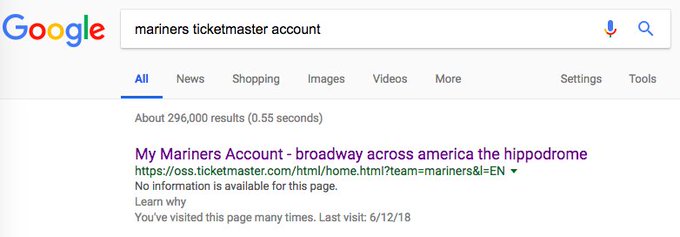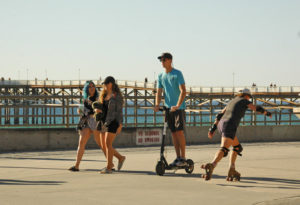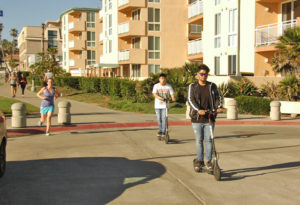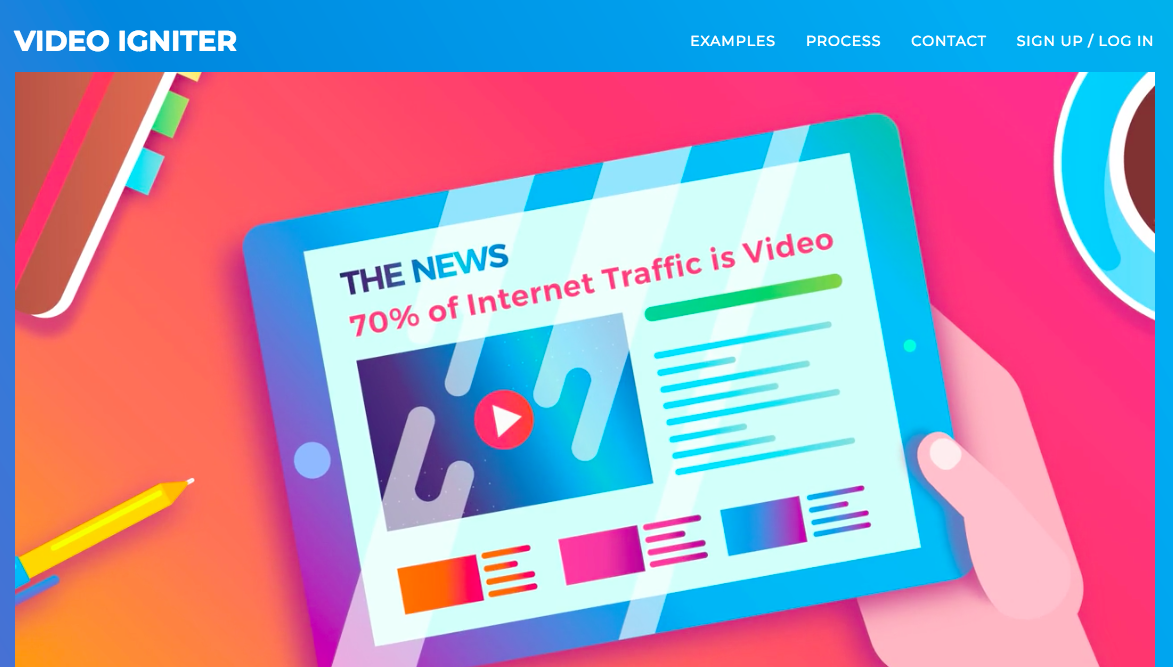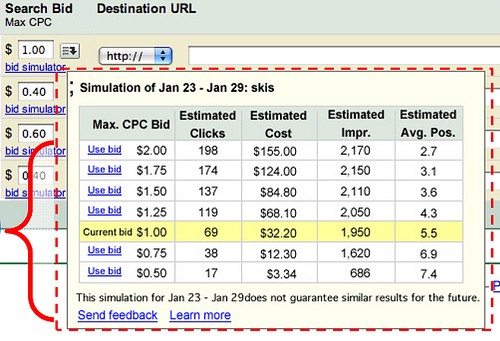It’s Opening Day! Yay Baseball! Is this the year the Mariners break their playoff drought? Here are 9 reasons why we shouldn’t be worried. We’re playoff bound.
1. James Paxton
You say he’s a guy who’s never been able to stay healthy, I say that with all those days on the DL, he has a 29 year old brain with a 26 year old’s arm. He could have 140 games started under his belt, but instead he’s just at 75. His stuff makes grown men cry and he’s ready for a huge year. Let’s write him in at 19-6.
2. Felix Hernandez
He’s spent the last 10 years playing with (and for) a bunch of chumps. It’s human nature – why work your hardest when the rest of your co-workers are drunk by lunch? Now he finally has a team around him that actually inspires – no, forces – him to be good. Big comeback year. Maybe not 2014 good, but let’s mark him for 17-8.
3. Mike Leake
He’s going to be a great #3 starter. Just wind him up, go watch a movie for 2 hours and come grab him in the 7th. If he can pitch to his career 3.98 ERA with THIS lineup, he’ll be 16-9.
4. The other pitchers, minus Edwin Diaz
At this point, the Big 3 have the team at 52-23, 29 games over .500. The rest of the crew with Iwakuma, Ramirez, Gonzales and whoever else we can bring up should be able to grind out at least 22-28. That gets the starters to 74-51 for their 125 decisions. Assuming the bullpen can go about .500 (say 18-19) in their 37 decisions, that gets the team to 92-70. That’s Wild Card worthy. Probably.
5. Edwin Diaz
So why do I think the bullpen can go .500? Because Edwin Diaz is almost un-hittable in the 9th inning, so they won’t have to play Reliever Roulette out there. Guys will settle into their roles and while they may struggle at times, most of the time they’ll have about 3 to 4 arms to get the team through the 7th and 8th. Diaz will blow a couple, but for the most part he’ll make sure the rest of the guys don’t have to work outside of their comfort zone.
6. Mitch Haniger
Remember the beginning of 2017, before he got hurt? He came out strong. He can bat 2nd, 3rd, 4th, 5th, or 6th. He’s an All-Star. And he was the guy no one had ever heard of in the Segura for Walker and Marte trade.
7. Dee Gordon
In his last 3 healthy years, he’s hit .289, .333 and .308 with 64, 58 and 60 stolen bases. Now put him in front of Jean Segura and Robinson Cano. He’s going to drive pitchers batty.
8. Jean Segura
.319 and .300 in his last 2 seasons for bad teams. Now he hits with a stolen base threat (Gordon) on 1st and Robinson Cano on deck. The guy may not see a curveball all year. Just swing away Senor.
9. Robinson Cano
Maybe by the end of the year he’ll be down at the #6 hole because Haniger is batting .340. But you can still count on him this year for .280 and 20 HR. Either way, he’s still one of the best 2B in baseball.
Conclusion:
This team is going to hit the ball. They have 3 starters who can throw the ball, a closer who will give batters nightmares, and a cadre of supporting arms that won’t kill them. Keep it simple, stay healthy, and have a few other guys hit near the stats on their baseball card (Cruz, Seager, Zunino, Gamel), and it’s a 92 win team. Not enough to win the West, but enough to earn a one game wildcard playoff game with James Paxton on the hill. From there, who knows what happens?
